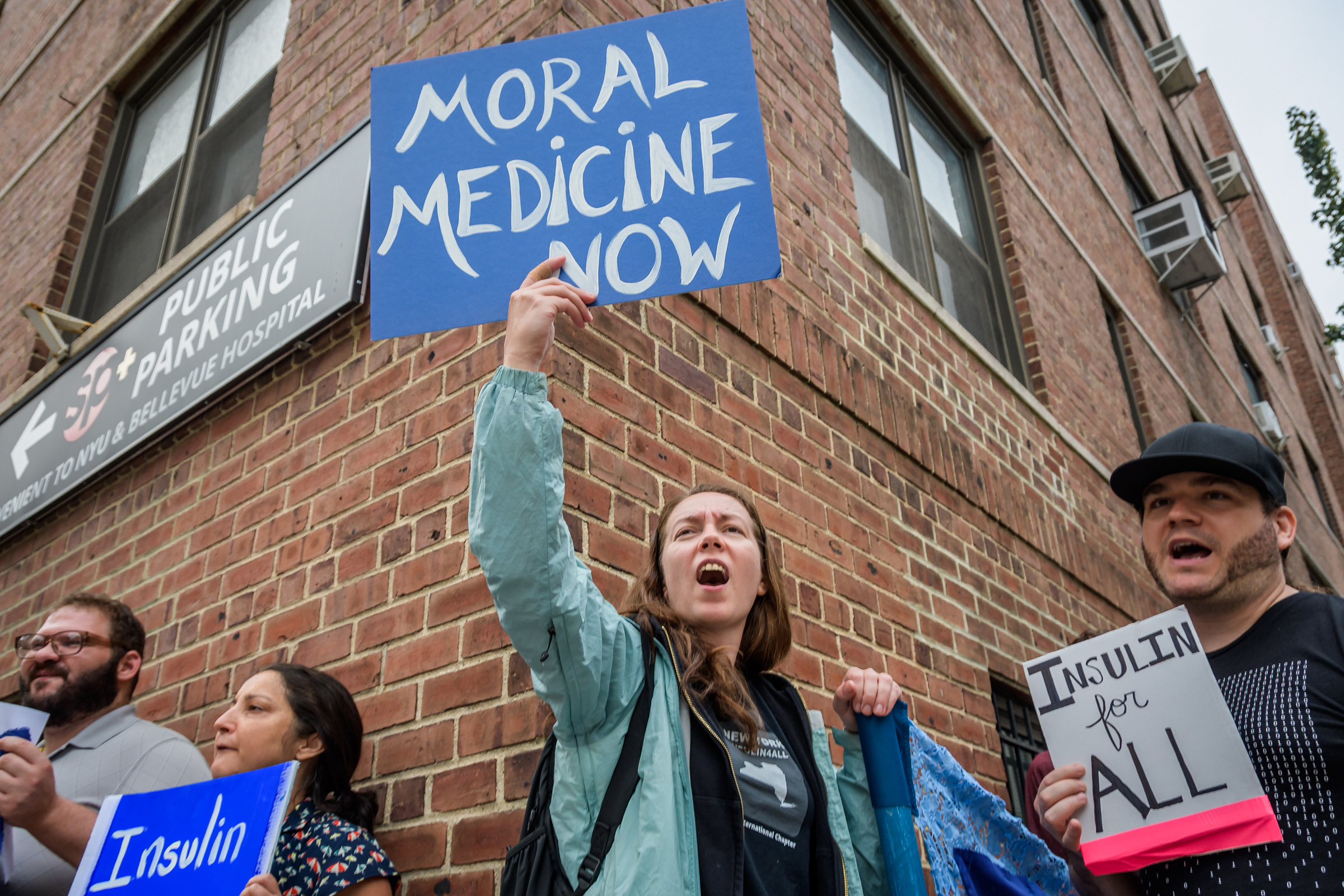
VAIDEHI BULUSU – APRIL 8TH, 2021
EDITOR: SEAN O’CONNELL
Achieving behavioral change is a puzzle that economists, environmentalists, psychologists, politicians, and public health professionals alike are trying to crack. The topic of understanding and influencing human behavior has received considerable academic attention over the past few years, facilitating the development of a field of study called behavioral economics. In keeping with the popularity of behavioral economics, the 2017 Nobel Prize in Economics went to an idea that is simple yet powerful for driving large-scale behavioral change: nudge theory. Although this concept was formulated back in the 1990s, it was popularized by economist Richard Thaler and legal scholar Cass Sunstein in their 2008 book, Nudge: Improving Decisions About Health, Wealth, and Happiness.
The central argument of nudge theory is that indirect suggestion and positive reinforcement can be used to steer people’s behavior, potentially towards creating long-lasting habits. Rather than relying on traditional, coercive strategies like regulation, nudge theory involves using subtle tactics to get people to make the ‘right’ decisions.
However, many have expressed concern that subliminally influencing people into making predetermined decisions could become deceptive. While it’s true that nudges can be used to achieve long-term behavioral change that is beneficial in various contexts (such as public health), they can also be exploited by malicious actors. For example, they may be employed by politicians seeking to manipulate voters and private companies seeking to use the psychology of consumers against them for profit.
What is Nudge Theory?
Under traditional economic theory, individual actors are characterized as ‘homo economicus:’ consistently rational and self-interested individuals who make optimal decisions. Unaffected by the sway of emotions, they calmly evaluate each possible option and choose the one that provides the highest payoff. Consumers therefore make decisions to maximize their utility and producers make decisions to maximize their profits. This framework, called rational choice theory, is a popular model of economic behavior.
However, this model has been heavily criticized by economists, academics, and the informed public. A principle criticism of rational choice theory is that it doesn’t acknowledge the role that psychological factors such as cognitive biases and emotions play in decision-making. For example, research conducted by Daniel Kahneman and Amos Tversky demonstrated how cognitive biases and heuristics skew our thought process, leading us to make decisions that are not in our best interests. Insights like these led to the development of an area at the intersection of psychology and economics: behavioral economics. Building on this research on cognitive biases, nudge theory is one of the biggest breakthroughs in the field of behavioral economics.
Nudge theory is based on the idea that a person’s environment can be altered such that it encourages them to change their behavior in a desired manner. These alterations to the environment are called nudges. In their book, Thaler and Sunstein refer to this strategy for influencing behavior as libertarian paternalism and the environment or context in which the person is making decisions (e.g. a cafeteria in which a person makes decisions about what to eat) as the choice architecture. They define nudges as the following:
A nudge, as we will use the term, is any aspect of the choice architecture that alters people’s behavior in a predictable way without forbidding any options or significantly changing their economic incentives. To count as a mere nudge, the intervention must be easy and cheap to avoid.
According to Thaler and Sunstein, people don’t always act in line with their self-interest. For example, an employee may be aware of the benefits of a retirement plan, yet they may not opt for one because of short-term thinking. This difference between a person’s intentions and actions is called the value-action gap.
In his book Thinking Fast and Slow, Daniel Kahneman talks about two systems our brain uses for processing information which provides an explanation for the value-action gap. The first system, which he refers to as System One, is quick, runs on autopilot and is easily influenced by environmental factors. The second system, called System Two, is slow, deliberate and considers intentions and goals. System One takes over whenever we are faced with pressures, like a tight time constraint or a complex challenge that taxes our cognitive capacity. This system uses heuristics to make quick judgements, which also makes it highly susceptible to poor decision-making.
Nudges rely on the idea that this system can be influenced by environmental triggers. Hence, a nudge alters the environment such that the System One defaults to making the desired decision. For example, a school cafeteria can be designed in a way that makes healthy food options much more easily accessible than junk food.
Nudging for Good
One of the most significant contributions of nudge theory is in the area of retirement savings. In 2004, Thaler and fellow economist Shlomo Benartzi co-authored the paper, Save for Tomorrow: Using Behavioral Economics to Increase Employment Savings, in which they discuss the use of nudges to get employees to save more. Companies offered employees a type of retirement plan called defined-contribution (DC) plan, to which employees have to manually contribute on a regular basis. Getting them to enroll in this plan is a challenge, especially when the desirability of stashing away their hard-earned money instead of spending it on consumption goods is not immediately obvious.
Thaler and Benartzi took an interest in this problem, realizing that the key to solving it was to make the process of enrolling in the DC plan simple and painless. To this end, they came up with a behavioral intervention called Save More Tomorrow™, which consisted of three components. First, employees committed in advance to saving a portion of their future salary. Second, increases in saving rates were linked with increases in pay rises. Third, employees stayed enrolled in this program unless they manually opted out. These components were engineered to circumvent people’s cognitive biases. For example, enrolling new employees by default raised the ‘cost’ (in terms of effort) of leaving the plan, making it more likely that they would stay. Evidence shows that this worked—around 80% of the people enrolled in the program by default remained.
An analysis of the results of the intervention 40 months after it was first implemented indicates that it was a success. About 15 million more Americans are saving for their retirement because of this program, and the average saving rate for those in the program increased considerably from 3.5% to 13.6%. This was one of the first studies to illustrate the potential of behavioral nudges to help people make better decisions.
Over the past few years, nudge theory has also been widely adopted by governments and private companies in an effort to improve outcomes. The UK government, for example, has set up ‘Nudge Units’ to facilitate behavioral economics research and apply its insights to public policy.
Uber: A Case Study in Unethical Nudging
However, nudges also have the potential to be misused to further political and corporate ends. For example, Uber was thrust into controversy in 2017 when it was revealed to be using behavioral science to get drivers to work longer hours.
It is difficult for a business model like Uber’s, dependent on the gig economy, to encourage employee compliance. This is because the company cannot compel its workers to show up and work for certain periods of time. Uber therefore resorted to behavioral economics to address this problem. According to an article published on the New York Times, the company hired a team of behavioral scientists to devise techniques—nudges—that could be incorporated into the Uber app to encourage drivers to extend their working hours. The goal was to strike a balance between meeting consumer demand and minimizing costs.
The engineers experimented with various gamification techniques, graphics, and incentives. One nudge leverages the science of goal-setting: if a driver has set an earning goal that they haven’t yet met, the app would alert them saying that they are close to hitting their target every time they try to log off: encouraging them to keep driving. These alerts were also sent to drivers who didn’t even set a goal, notifying them that they were some amount of dollars away from hitting an arbitrary income target. Another nudge was the app’s default that doesn’t let drivers see where passengers are going before they accept the ride request, preventing them from judging whether or not the ride would be lucrative. Expenses such as fuel and maintenance charges often offset the additional income they earned. Drivers are therefore constantly nudged to keep driving even if it’s not profitable for them.
Netflix users may be familiar with nudging in the form of an autoplay feature that automatically loads the next program episode, making it easy for viewers to binge-watch. Uber used a similar algorithm—called forward dispatch—which dispatched a new ride to drivers even before their current one was complete. Just as it is hard to resist watching just one more episode of Friends if it’s already playing, it’s easier for drivers to fulfill the newly-dispatched ride rather than decline it (especially when they are in the middle of driving). This is the problem with forward dispatch: while drivers still have the freedom to not choose the default option, the algorithm makes it less likely that they do. As a result, they are kept on the road longer, allowing Uber to meet more consumer demand potentially at the expense of the welfare of the drivers.
Conclusion
A key aspect of a nudge is the altering of people’s behavior in a predictable manner. With the growth of big data, machine learning, and behavioral economics, companies are only going to get better at designing behavioral prediction models and, therefore, nudging in service of their profit maximization motive.
Richard Thaler acknowledges that his theory can be potentially misused. He wrote in an article for the New York Times that nudging should be guided by three principles: it should be transparent, easy to opt out, and should improve the welfare of the people being nudged. He advised that consumers should be attentive to and resist nudges that violate these principles. For now, the best we can do is follow his advice.
Featured Image Source: Pexels
Disclaimer: The views published in this journal are those of the individual authors or speakers and do not necessarily reflect the position or policy of Berkeley Economic Review staff, the Undergraduate Economics Association, the UC Berkeley Economics Department and faculty, or the University of California, Berkeley in general.


